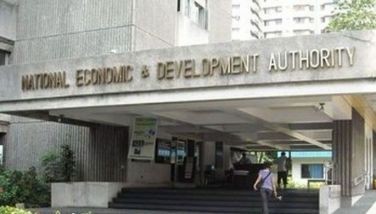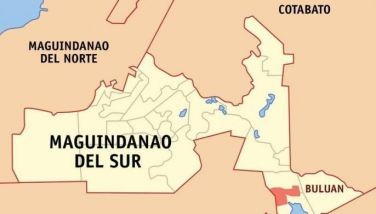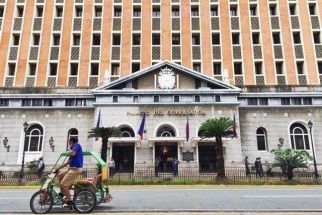Easing of inflation to 6.1% encouraging – Marcos

MANILA, Philippines — The easing of inflation to 6.1 percent in May is “encouraging” as it indicates that the administration is heading in the right direction in terms of keeping the prices of goods affordable and stable, President Marcos said yesterday.
“Today we received encouraging news that our inflation rate has now gone down – our headline inflation rate has gone down from 6.6 percent to 6.1 percent and our employment figures are also improving,” Marcos said in a video message released by Malacañang.
“And so, it would seem that we have started off in the right direction, on the right foot. It seems that we have implemented the right policies to revive our economy and to make it vibrant again,” he added.
In a Facebook post, Marcos said efforts to strengthen the economy are underway.
“We are aware of your goal to achieve a better life, that’s why we are continuously strengthening the economic measures of the government,” the President said.
“We are gradually achieving that as inflation has been decreasing for four successive years and in May, it was at 6.1 percent. It indicates that we are continuously treading the right direction towards more affordable prices of goods.”
Claiming that the Philippines has one of the best growth rates in the world, Marcos gave assurance that his administration would continue to undertake measures to bring the economy back to good health.
Trade Secretary Alfredo Pascual said there is a need to eliminate bottlenecks to ensure that food products are reaching consumers.
“Actually, the solution to that (inflation) is you remove the bottlenecks... With regard to food inflation, one source of increases in prices is because of bottlenecks in the supply chain,” the trade chief said.
“For example, there is a big harvest in a certain area but the harvest does not reach the area where the demand is. The solution there is to make sure that the logistics are available to be able to deliver the harvest where the demand is,” he added.
Earlier yesterday, the Philippine Statistics Authority (PSA) announced the easing of the country’s inflation rate for the fourth straight month in May due to slower increases in transport and food prices.
National Statistician Dennis Mapa said at a briefing, headline inflation or the rate of increase in prices of goods and services slowed down to 6.1 percent in May from 6.6 percent in April. This is the lowest inflation rate since the 5.4 percent in May last year.
Export Development Plan
Meanwhile, President Marcos approved yesterday the Philippine Export Development Plan (PEDP) for 2023 to 2028 designed to transform the Philippines from a laggard to an “agile export powerhouse.”
The plan, which aims to capitalize on export growth opportunities and develop local industries, was approved during a sectoral meeting held at Malacañang, DTI’s Pascual said.
“The PEDP aims to address challenges that we face in various sectors of the economy, particularly those sectors that are involved or potentially could be involved in exports,” Pascual said at a press briefing.
“It seeks to undertake an industry development-centric approach to make the Philippines a major player in the global economy and achieve sustainable development goals,” he added.
Marcos is expected to sign a memorandum circular defining the roles of agencies in the export development plan.
“Before we can export, we need to produce. So the first challenge is helping industries produce products that can compete in the market – this requires input of technology, it requires the raising of productivity, training of the people that they employ,” the trade chief said.
According to Pascual, the plan outlines three strategic actions to develop the export clusters, namely, addressing production constraints, developing a strong innovative export ecosystem and increasing the Philippines’ mindshare in the global market.
“The export competitiveness of the Philippines lies in the competitiveness of the firms themselves. It’s not, we say, competitiveness of the country but actually the competitiveness is being materialized or realized at the firm level. That’s why the firm-level intervention. So we must develop reliable, design-driven, technology-driven, sustainable and forward looking exporters to become or to make the Philippines an agile export powerhouse,” Pascual said.
He admitted some firms can’t produce enough export quality products. “There are many firms in the country that we need to help, so we need to stratify them. So we are able to focus on those that require more significant support over others. That’s why we came up with the three classifications – one, the breakers and then those that are at the crest and those that are creating ripples,” the trade chief said.
- Latest
- Trending




























